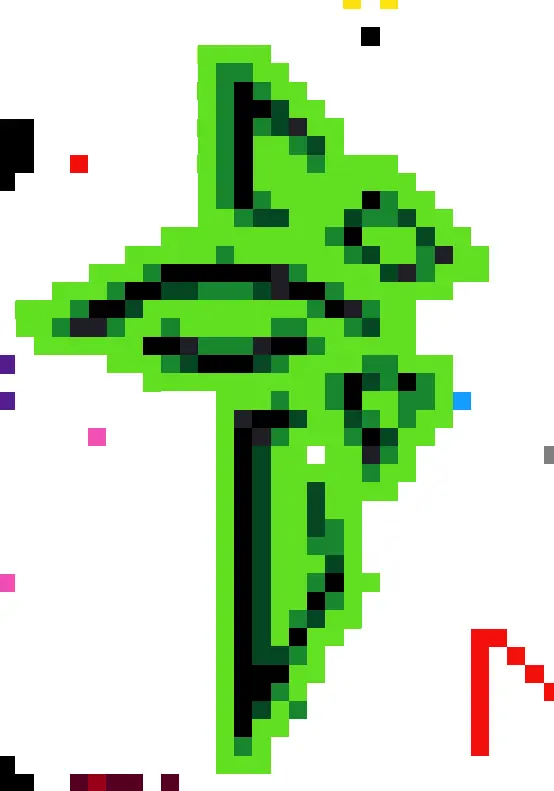

Flameshot: screenshotting tool with everything you would ever need for screenshots


Flameshot: screenshotting tool with everything you would ever need for screenshots
have it on dietpi (pi 4) + tailscale at home to monitor my dedics
Best bet would be that something reloaded/changed the underlying ip/nftables bypassing ufw (ufw is just a frontend, I do not know if it periodically verifies the current rules are correct and it would feel extraneous to me if it did). Or it didn’t apply it correctly.
You can get the actual rules with iptables-save (dunno about respective nftables command)
If your primary usecase is going to be music (so a need for realtime capabilities for stuff like recording, VSTs and DAWs) then I do not reccomend immutable distros for a simple reason: you will probably/eventually need to hack something up to get it to work and at that moment, the immutability is just extra work.
As far as I have tried fiddling with the music stack on Linux (which is not that much), the whole pipewire/JACK/carla stack is a bit messy and I can’t imagine it working with flatpacks due to the sandboxing/permissions.
in that case you can grab any of the other distros that are Arch-based, EndeavourOS/Garuda/CachyOS and so on. You will get the benefits of rolling-release like fresh-er software without the need to setup & configure it yourself.


as with email, your instance is part of your unique username
One is trying Bazzite the other one is just classic fedora
Two of my friends switched recently.
They had none to very little experience with anything Linux before, their previous win11 installs just over bloated and the copilot bullshit pushed them over. Both (indie/non-pop shooters) gamers btw.
This is the year of linux.
Friend just hopped to Bazzite from Windows.
I was hoping the atomocity would be a great boon - you kind of can’t break it right.
Well, he wanted to configure RGB lighting on his mouse but the flatpak openrgb did not work, supposedly the udev rules included in bazzite by default, are not up to date or there was some other problem.
As such we had to install openrgb the usual system-wide way, with rpm-ostree in terminal - something I was hoping he would never had to do.
Unless the vendor is rolling something super custom, for the communication TO the keyboard, it should use USB HID.
Start Wireshark, filter for hid, connect the KB and the first message should be a HID descriptor of the KB, look for Output Reports (it’s meant from the POV of the usb master) or Feature Reports.
Though, this will probably not yield much insight - vendors love to do the easy thing, reserve opaque 32x8 bytes as a “downlink” Output communication in the Vendor Usage Page and stuff their own protocol/encoding in there.
On linux I can recommend hid-tools for working with this, in windows I believe your only solution is Wireshark.
https://www.marcusfolkesson.se/blog/hid-report-descriptors/
Happy Hacking!
E: About the already reversed software, for logitech (and more) stuff, there is piper but you will want to look into the underlying daemon libratbag, there is also solaar


I can’t do that even on PC, tried to delete dead LAN url many times, it always comes back
There is also https://github.com/jokob-sk/NetAlertX


My instance is close to two years old now, and on average has had about 2 MAU, with no (local) communities.
Currently we have about 700 active federated communities (that had any federated activity within last month), out of 900.[1]
The on-disk size of both lemmy and pict-rs database[2]
postgres@postgres:~$ pwd
/var/lib/postgresql
postgres@postgres:~$ du -sh data/
31G data/
I use pict-rs with S3 provider and the bucket size is currently at 22.82 GB (read: external network storage, this is probably mostly just thumbnails[3]).
So in total there is almost 54GBs spent just for lemmy.
So assuming you have 100G remaining after system stuff and dedicate that box only to lemmy (and pict-rs media files) and use it mostly for yourself [4], you should be alright for about 3-4 years (assuming that I am gaining about 27GBs total per year and that you will federate with a similar amount of a similarly active communities).
If you offload media storage to a hosted S3 bucket[5] then you should be good for a lot longer as you will only need space for the postgres databases.
The rest is either dead (instance gone) or no one is subscribed to them anymore (as such my instance is not getting any new content from there: neither posts nor comments or votes) ↩︎
Postgres itself reports about 2G less, don’t really know why but I am guessing it has something to do with the filesystem being btrfs ↩︎
Edit: I currently do not use the “privacy” mode of pict-rs where it proxies all content (so that a bad guy can’t post an image link to his server and unmask users IPs), this would increase the S3 size and slightly postgres size. ↩︎
You should use Lemmy Subscriber Bot to automatically federate little bit of random communities so that public All feed is not exact copy (minus NSFW comms) of whatever you as the only user subscribe to. ↩︎
Though keep in mind that S3 buckets eventually cost some money too, for example Cloudflare R2 charges $0.015 per 1GB, above the first 10GBs. ↩︎


How did you open this? Maybe something overrode your default text editor application (look in settings for Default Applications).
Also maybe check your EDITOR env variable (echo $EDITOR), though that is only used when a different CLI program wants to open an editor for you (in CLI)


Sadly, it seems todays law allows them to force you to unlock it, otherwise they straight up treat you as a terrorist. At least in UK it seems (source: Britannica youtuber getting detained when returning home to UK)


You are replacing partitions with subvolumes, as such you have to make these operations on the btrfs filesystem (so as others have already written, deleting the subvolume instead of re-formatting the partition).


For the monero mining, did you solo or pool mine? Also p2pool+xmrig ?


Also, proxy_buffering


Sounds like you need to instrument it yourself.
It could be as “easy” as calling the endpoints yourself and saving the sensor states in any kind of storage grafana supports, then making a dashboard on top of that data.
Maybe Zabbix could also work
I’ve tested the beta yesterday (dual boot) and only had to enable SB and leave it in custom mode - no need to sign & enroll the linux kernel(s) too.